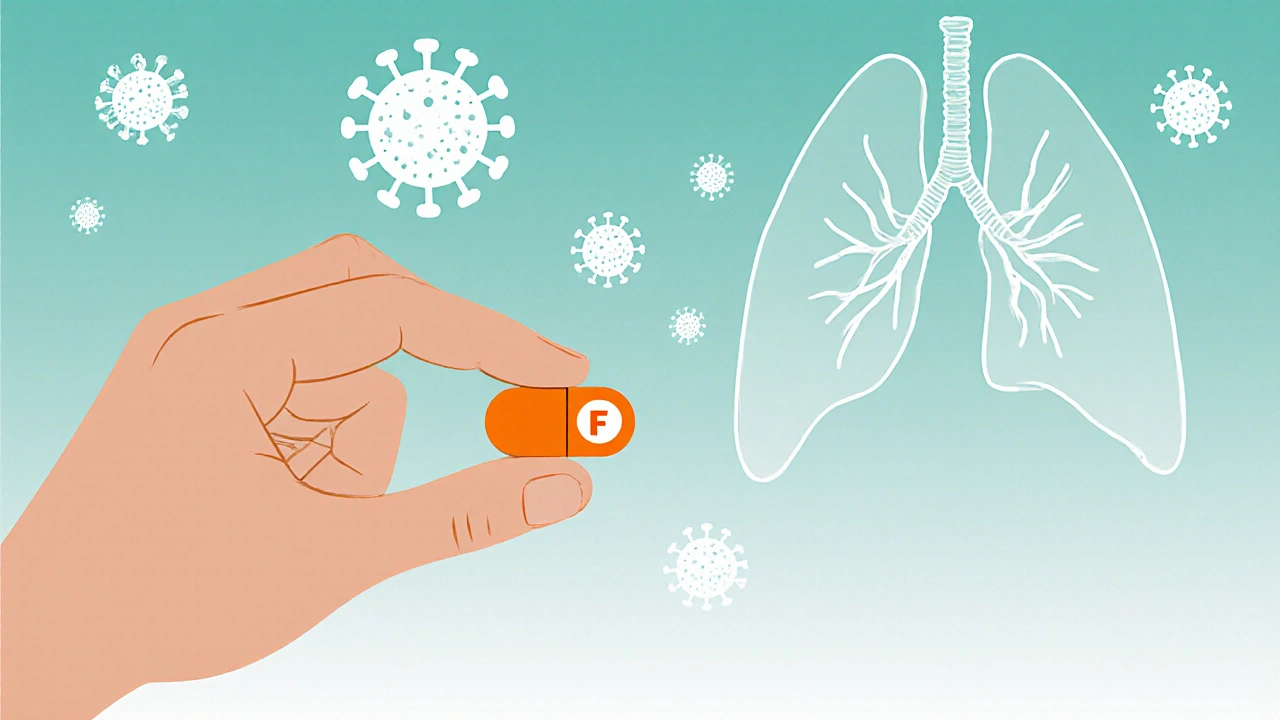Favipiravir: What It Is, How It Works, and What Alternatives Exist
When you hear Favipiravir, a broad-spectrum antiviral medication originally developed for influenza that later gained attention during the COVID-19 pandemic. Also known as T-705, it works by interfering with the virus’s ability to copy its genetic material. Unlike antibiotics that target bacteria, Favipiravir is designed to stop viruses from multiplying inside your body. It’s not a cure-all, but in certain cases—especially early in infection—it’s been used to help reduce viral load and shorten illness duration.
Favipiravir doesn’t work the same way as other antivirals like Remdesivir or Molnupiravir. While those drugs target specific viral proteins, Favipiravir is a nucleoside analog that tricks the virus into using a faulty building block when it tries to replicate. This leads to errors in the virus’s RNA, making it unable to spread effectively. It’s been studied in multiple countries, including Japan, Russia, and India, often as an oral tablet taken early in infection. It’s not approved everywhere, and its use varies based on local guidelines and available evidence. Some studies showed modest benefits in mild-to-moderate COVID-19, especially when given within the first few days of symptoms. Others found little to no effect compared to standard care.
People often ask: Is Favipiravir better than other options? The answer depends on timing, access, and individual health. For example, if you’re looking for an oral antiviral that doesn’t require IV infusion, Favipiravir might be an option where it’s approved. But if you’re comparing it to Molnupiravir or Paxlovid, those drugs have stronger data in high-risk groups. Favipiravir also has side effects—like increased uric acid levels, liver enzyme changes, and possible birth defects—which means it’s not for everyone, especially pregnant people. It’s also not a substitute for vaccines or other preventive measures.
What you’ll find in the posts below are real comparisons between antiviral drugs like Favipiravir and other treatments—how they stack up in effectiveness, cost, safety, and availability. You’ll see how Favipiravir fits alongside drugs like Remdesivir, Molnupiravir, and even older antivirals used for flu or hepatitis. There are no marketing fluff or vague claims here—just clear, practical breakdowns of what works, what doesn’t, and when it matters most. Whether you’re a patient, caregiver, or just trying to understand your options, these guides cut through the noise and give you what you need to know.
- October 18, 2025
- Comments 9
- Medications and Supplements

